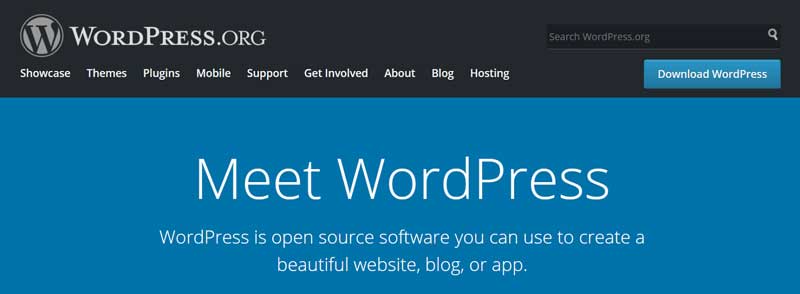Unlocking Inclusion: The Role of Website Accessibility Checkers in Creating an Equitable Online Experience

In today’s digital landscape, the internet serves as a gateway to a vast array of information, services, and opportunities. However, amidst the convenience and accessibility of online resources, it’s crucial to recognize that not everyone can navigate the digital realm with ease. For individuals with disabilities, accessing and using websites can present significant challenges, hindering their ability to fully participate in the online experience. This is where the importance of website accessibility comes into play, ensuring that websites are usable by people of all abilities.
Understanding Website Accessibility
Website accessibility, also known as web accessibility, refers to the practice of designing and developing websites in a way that makes them accessible to individuals with disabilities. This encompasses a wide range of impairments, including visual, auditory, motor, and cognitive disabilities. The goal of website accessibility is to ensure that all users, regardless of their abilities, can perceive, understand, navigate, and interact with websites effectively.
The Role of Website Accessibility Checkers
Website accessibility checkers are invaluable tools designed to evaluate the accessibility of a website. These tools analyze various aspects of a website’s design and functionality to identify potential barriers for users with disabilities. By scanning a website’s code and content against established accessibility guidelines, such as the Web Content Accessibility Guidelines (WCAG) developed by the World Wide Web Consortium (W3C), accessibility checkers pinpoint areas that may pose challenges for users with disabilities.
How Website Accessibility Checkers Work
Website accessibility checkers operate by conducting comprehensive scans of a website’s code and content, examining elements such as images, text, links, forms, and navigation. They assess these elements against accessibility standards and guidelines, flagging any issues or violations that may impede accessibility. Common accessibility issues identified by these checkers include missing alt text for images, insufficient color contrast, inaccessible forms, and keyboard navigation problems.
Benefits of Using Website Accessibility Checkers
Employing website accessibility checkers offers numerous benefits for website owners, developers, and users alike:
- Identifying Accessibility Issues: Accessibility checkers pinpoint specific areas of a website that may pose challenges for users with disabilities, enabling website owners to address these issues proactively.
- Ensuring Compliance: By identifying accessibility barriers, website accessibility checkers help ensure that websites comply with legal requirements, such as the Americans with Disabilities Act (ADA) in the United States, and international standards like the WCAG.
- Improving User Experience: Accessible websites provide a better user experience for all users, not just those with disabilities. By rectifying accessibility issues, website owners can enhance usability and satisfaction for everyone.
- Demonstrating Commitment to Inclusivity: Prioritizing website accessibility demonstrates a commitment to inclusivity and social responsibility. It sends a positive message to users and stakeholders about an organization’s values and priorities.
Tips for Using Website Accessibility Checkers
To maximize the effectiveness of website accessibility checkers, consider the following tips:
- Choose a Reliable Tool: Select a reputable website accessibility checker that aligns with recognized accessibility standards, such as WCAG.
- Regularly Scan Your Website: Conduct regular accessibility scans to identify and address any new accessibility issues that may arise over time.
- Understand the Results: Take the time to understand the accessibility issues identified by the checker and prioritize them based on severity and impact.
- Implement Solutions: Collaborate with web developers or accessibility experts to implement solutions for identified accessibility issues and improve the overall accessibility of your website.
Conclusion
In conclusion, website accessibility checkers play a pivotal role in creating an inclusive and equitable online experience for all users. By evaluating websites against established accessibility standards and guidelines, these tools help identify and address barriers that may impede accessibility for individuals with disabilities. By leveraging website accessibility checkers and proactively addressing accessibility issues, we can unlock a more inclusive digital future where everyone can fully participate and benefit from the wealth of opportunities available online. Let’s embrace the principles of website accessibility and work towards a more accessible and inclusive online environment for all.



